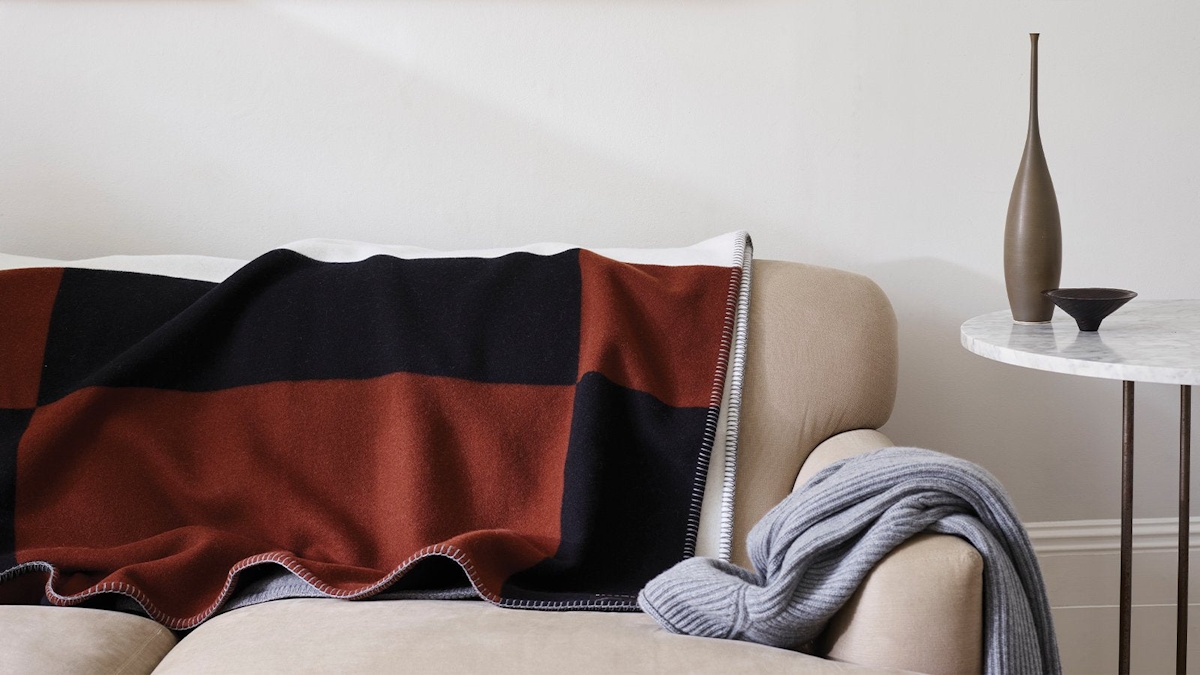“Lighting has a direct impact on the atmosphere of a room,” explains Andrew Molyneux, founder of TM Lighting – the London-based lighting specialist responsible for Christian Louboutin boutiques, Apsley House and the Hyatt Regency’s Churchill bar (designed by Spinocchia Freund). This is true of lighting art as well.
Andrew’s company, which he founded with Harry Triggs, is responsible for the reinvention of the classic but somewhat outdated picture light. Their creations are timeless but sleek and discreet and guarantee that your art will look the part without it negatively impacting your interior.
“Choosing artwork is a very personal process that often elicits an emotional response,” Harry says, “It is important to spend time thinking about the best way to present and showcase the work once you take it home so that the experience continues beyond the gallery.”
Here the qualified duo (“name an artist and we have most likely lit a work by them”) give their top five tips for how to do just that.




